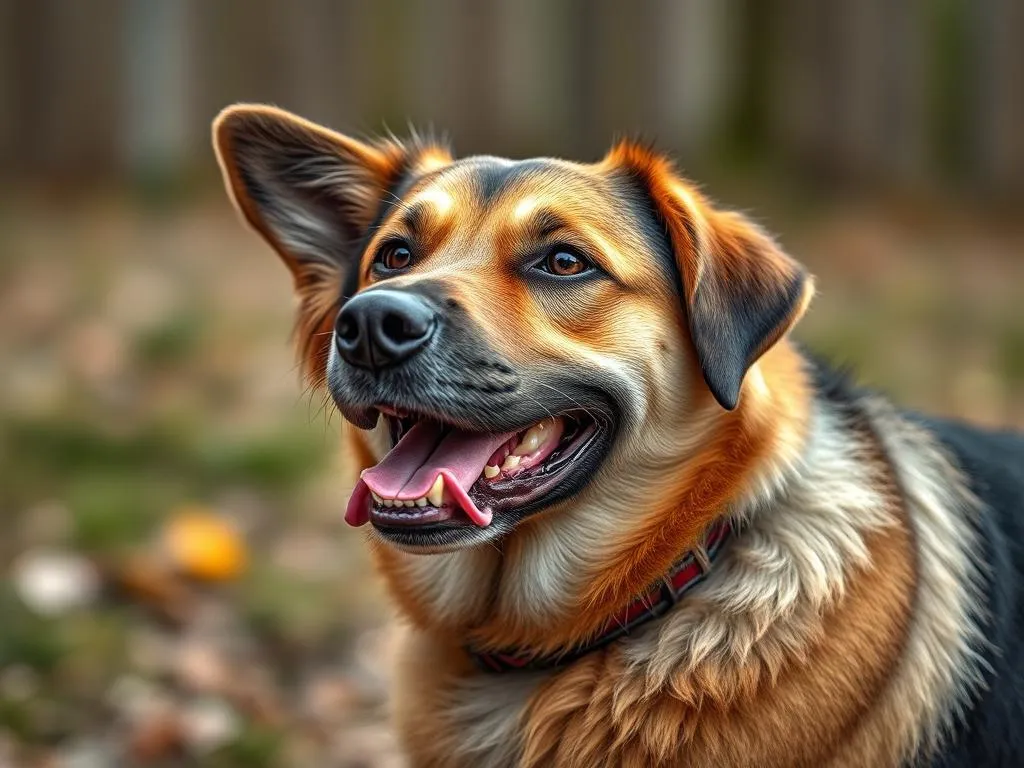
Introduction
Dog socialization is a crucial aspect of canine development that involves exposing your dog to various people, environments, and situations. It is a process that helps your dog learn how to interact positively with the world around them. Proper socialization can significantly influence a dog’s behavior, happiness, and overall well-being.
The importance of socializing your dog extends beyond just making them friendly. A well-socialized dog is generally more confident, less anxious, and better equipped to handle the challenges of everyday life. For owners, this translates to a more enjoyable companionship and a safer environment, as well-behaved dogs are less likely to exhibit aggression or fear-based behaviors.
This article will provide a comprehensive guide on how to socialize your dog effectively. We will cover the fundamental concepts of dog socialization, practical methods for implementation, common challenges you might face, and ways to maintain social skills throughout your dog’s life.
Understanding Dog Socialization
What is Socialization?
Socialization is the developmental process through which dogs learn to interact with their environment and other beings. This includes exposure to various stimuli such as people, other animals, different types of surfaces, sounds, and sights. Proper socialization helps dogs develop appropriate responses to these stimuli, reducing the likelihood of fear or aggression in unfamiliar situations.
Critical Periods for Socialization
Puppies go through sensitive periods for socialization, particularly between 3 to 14 weeks of age. This timeframe is critical for exposing them to a diverse range of experiences. Early socialization can lead to a more balanced and well-adjusted adult dog. During this period, the puppy’s brain is highly receptive to new experiences, making it the perfect time for training.
Signs of Poor Socialization
Dogs that lack proper socialization may exhibit a range of behavioral issues, such as fearfulness, aggression, or excessive barking. Common signs include:
- Cowering or hiding when encountering new people or animals
- Growling or snapping at unfamiliar stimuli
- Excessive barking at noises or movement
- Difficulty adjusting to new environments
Different breeds may show these signs in various ways, so it is essential to understand your dog’s specific needs.
Preparing for Socialization
Assessing Your Dog’s Current Behavior
Before beginning the socialization process, it’s vital to observe your dog’s current behavior. Watch how they react to new situations, people, and animals. Identifying triggers that cause anxiety or aggressive reactions can help you tailor your approach to your dog’s specific needs.
Setting Goals for Socialization
Establishing clear goals based on your dog’s age, temperament, and past experiences is essential. For example, a young puppy may benefit from learning to interact with different breeds, while an adult dog may need to work on overcoming fear or aggression. Create a personalized socialization plan that includes achievable objectives.
Essential Supplies
Having the right supplies can make the socialization process smoother and safer. Consider gathering the following items:
- A leash for control during outings
- A muzzle if your dog has shown signs of aggression (this is more for safety than punishment)
- Treats for positive reinforcement
- A harness that fits securely to prevent slipping out
Having these supplies ready will prepare you for various socialization scenarios.
Methods of Socializing Your Dog
Controlled Introductions
Gradual exposure is key when introducing your dog to new people and environments. Start with calm, controlled situations. For instance, have a friend approach your dog slowly while keeping a safe distance. Allow your dog to observe and sniff before any direct interaction occurs. Always reward your dog with treats for calm behavior.
Group Socialization Classes
Enrolling your dog in group socialization classes can be highly beneficial. These classes offer structured environments where dogs can interact with each other under the supervision of a professional trainer. Expect to learn valuable skills and techniques while your dog gets to practice socializing with various breeds.
Regular Outings
Taking your dog on regular outings can significantly enhance their social skills. Parks, pet-friendly stores, and even busy sidewalks provide excellent opportunities for exposure to new sights, sounds, and smells. Remember to keep outings short at first and gradually increase the duration as your dog becomes more comfortable.
Playdates with Other Dogs
Setting up playdates with other dogs can be a fun and effective way to enhance your dog’s socialization. Ensure that the dogs you choose for playdates are well-socialized themselves. Monitor the interactions closely to identify signs of good and bad play behavior. Healthy play should include mutual chasing, play bows, and loose body language.
Socialization Techniques
Positive Reinforcement Training
One of the most effective methods for socializing your dog is through positive reinforcement. This training technique involves rewarding your dog for good behavior, which can lead to improved responses in social situations. Use treats, praise, or toys to reinforce calmness and positive interactions with new stimuli.
Desensitization Techniques
Desensitization involves gradually exposing your dog to a specific stimulus that causes fear or anxiety. For example, if your dog is fearful of loud noises, start by exposing them to soft sounds and gradually increasing the volume over time. During this process, ensure you remain calm and provide treats to encourage positive associations.
Counter-Conditioning
Counter-conditioning is another effective technique that helps change a dog’s emotional response to a stimulus. For instance, if your dog is afraid of other dogs, begin by having them observe other dogs from a distance while providing treats. Gradually decrease the distance as your dog becomes more comfortable, pairing treats with positive experiences.
Common Challenges in Dog Socialization
Fear and Anxiety
Identifying fearful behaviors in dogs is crucial for aiding their socialization. Signs of fear may include trembling, barking, or attempting to flee. To help a fearful dog, maintain a calm demeanor, use positive reinforcement, and avoid forcing them into situations that cause anxiety. Gradual exposure and patience are essential.
Aggression Towards Other Dogs or People
Understanding the types of aggression, such as fear-based or territorial, is vital when managing aggressive behaviors. If your dog shows aggression, redirect their attention with treats or toys and remove them from the triggering situation. Consulting a professional trainer may be necessary to develop a tailored behavior modification plan.
Overexcitement
Some dogs may become overly excited in social situations, leading to jumping, barking, or inability to focus. Signs of overstimulation include panting, pacing, and excessive tail wagging. To calm an overly excited dog, practice relaxation techniques, such as sit-stay commands, and allow them to have breaks during social interactions.
Maintaining Socialization
Ongoing Socialization Practices
Socialization is an ongoing process that should continue throughout your dog’s life. Regularly exposing your dog to new experiences, environments, and animals is crucial for keeping their social skills sharp. Incorporate socialization into your daily routine, such as visiting dog parks, attending events, or enrolling in advanced training classes.
Monitoring Progress
Tracking your dog’s socialization progress is essential for identifying areas that need improvement. Keep a journal to record your dog’s behavior during various social situations. Adjust your socialization plan based on your observations, and celebrate milestones, no matter how small.
Conclusion
Socializing your dog is not just about making them friendly; it is a vital part of their development that impacts their behavior and well-being. By understanding the fundamentals of how to socialize your dog, preparing effectively, and employing the right techniques, you can help your furry friend become a well-adjusted and happy member of society. Start the process as soon as possible, and remember that patience and consistency are key to success. Share your experiences with fellow dog owners, seek professional help if necessary, and engage with communities focused on dog training and socialization. Your effort will lead to a happier, healthier dog and a more enjoyable companionship.









